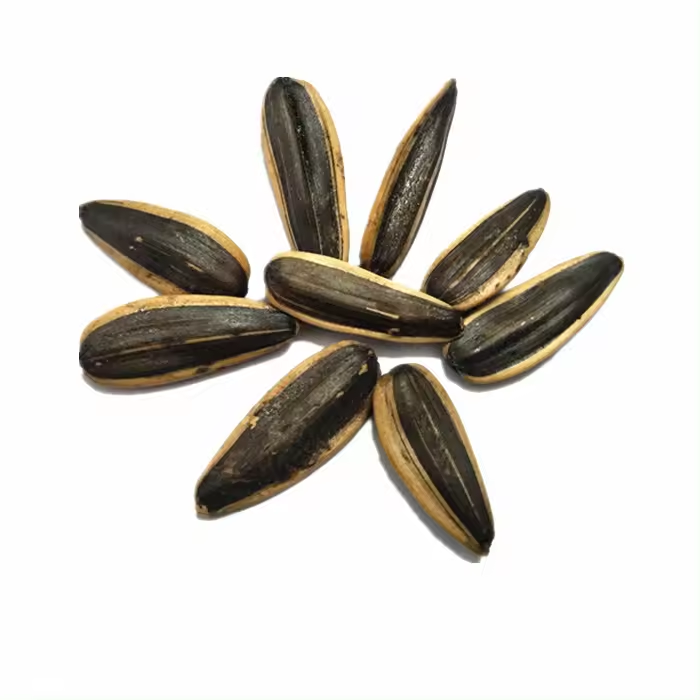Have you ever wondered about the production of sunflower seeds? Sunflower seeds, also known as 葵花籽 (kuí huā zǐ) in Chinese, are a popular snack enjoyed by many around the world. Let's dive into the fascinating world of sunflower seed production.
What is the global production of sunflower seeds?
According to recent data, the global production of sunflower seeds reached over 50 million metric tons in the past year. This makes sunflower seeds one of the most widely produced oilseeds in the world, with countries like Russia, Ukraine, and Argentina leading the way in production.
How are sunflower seeds cultivated?
Sunflower seeds are typically cultivated in regions with a temperate climate and well-drained soil. The seeds are planted in rows and require adequate sunlight and water to grow. Farmers carefully monitor the growth of the sunflowers, ensuring they are healthy and free from pests and diseases.
What is the harvesting process like?
Once the sunflowers have fully matured, it is time for the harvesting process to begin. Farmers use specialized equipment to cut the sunflower heads from the stalks. The sunflower heads are then dried to reduce the moisture content before the seeds are extracted.
How are sunflower seeds processed?
After the sunflower seeds have been extracted from the heads, they undergo a series of processing steps. The seeds are cleaned to remove any debris and then dried to the optimal moisture level. They are then either sold as a snack or used to produce sunflower oil, a popular cooking oil with numerous health benefits.
As you can see, the production of sunflower seeds is a fascinating process that involves careful cultivation, harvesting, and processing. The next time you enjoy a handful of sunflower seeds, you'll have a newfound appreciation for the hard work that goes into producing this delicious snack.

